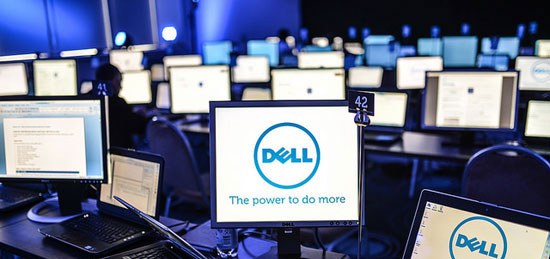Moving to a virtual desktop infrastructure is more than just a transition of technology: it is a transformational event that must incorporate cultural change to succeed. Because of the inherent challenge in striking the right balance as you manage both high-tech and high-touch changes, many virtual desktop infrastructure (VDI) transitions go off the rails. A recent Gartner blog described a conversation with a customerthat typifies the challenges customers can face when moving to VDI; the customer lamented that their project “was not delivering the user experience desired, it was far more difficult to manage than expected, and the cost was sky high.”
In many cases, you can trace user dissatisfaction back to missteps in choosing or implementing technology. Today, the choice of the specific software vendor for your project may not be the make-or-break point (a recent roundup of VMware Horizon 6 showed that many feel VMWare’s desktop virtualization technology may be more or less at parity with technology from Citrix). And there are numerous solutions emerging to the traditional hardware challenge around storage. Choosing a partner that is familiar with both the hardware and software challenges of VDI installations, and that has a structured approach to determining which VDI evaluation criteria are most relevant to your business, can help ensure that you don’t make any of the well-known technology mistakes.
But even if you get all of the technology right, a successful move to VDI depends on brisk, confident and lasting adoption among your end-users. You need a partner that understands that, and that makes cultural change management a priority. This entails communicating proactively and transparently about changes in processes, engaging users actively in discussions about change, and training users in the use of the new technology and processes, before the move begins; ensuring that the move is minimally disruptive and providing enhanced support while the move is underway; and consistent, ongoing dialog with users after the fact to identify any needed adjustments in technology or processes to ensure that users are as productive and effective as they can be.
As the 2015 VMware Strategic Alliance Partner of the Year and as a long-standing Global Alliance Partner with Citrix, Dell is proud of the depth and breadth of our experience helping our customers deploy and manage the technology that powers VDI environments. And Dell’s Managed VDI Service provides remote, day-to-day, hands-on management of your virtual desktop infrastructure platform to ensure a positive user experience and allow your IT resources can focus on other strategic initiatives.
There’s no one right way to achieve a successful VDI environment, but there is at least one clearly wrong way—not focusing enough attention on the cultural aspects of the move to virtualization. By selecting the right partner you can feel confident that your end-user experience will be what it should.
For more information on Dell’s Virtual Workspace Services, please visit .
